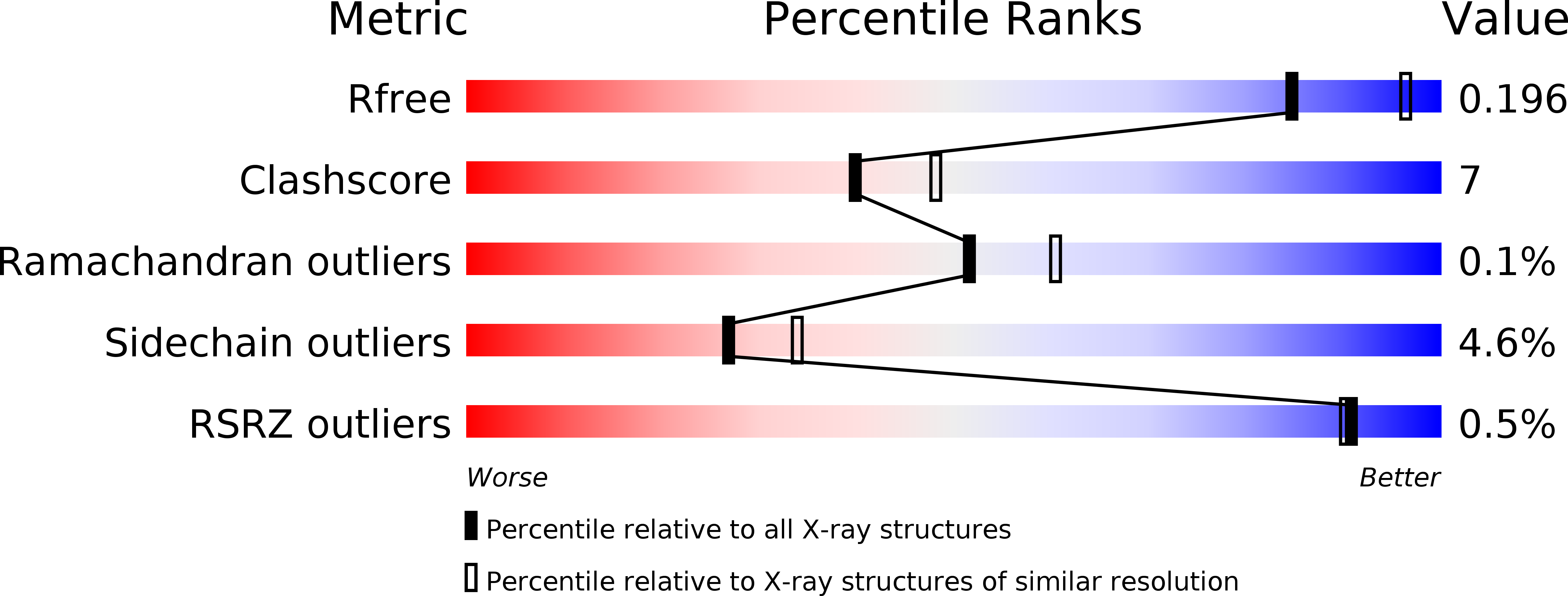
Deposition Date
2008-12-14
Release Date
2009-03-10
Last Version Date
2023-09-06
Entry Detail
Biological Source:
Source Organism:
Campylobacter jejuni (Taxon ID: 197)
Host Organism:
Method Details:
Experimental Method:
Resolution:
2.20 Å
R-Value Free:
0.22
R-Value Work:
0.19
R-Value Observed:
0.19
Space Group:
P 1 21 1


